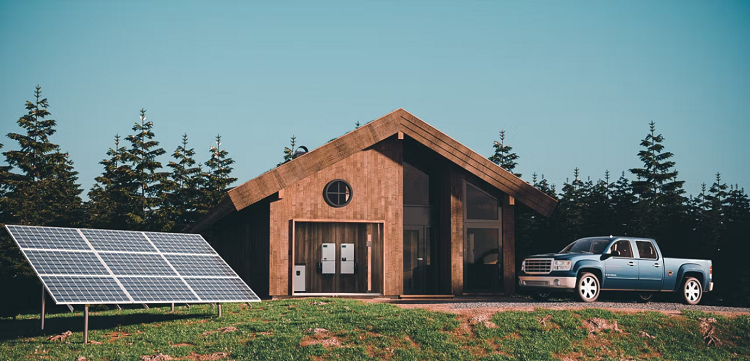4 Benefits of Solar Electricity at Home
Since it is readily available, renewable, and plentiful, solar energy is the best option to create a sustainable environment. Americans switching to solar for cost-effectiveness is one of the key reasons why this is becoming more cost-beneficial every year. There are now over a million solar installations around the country, making solar energy more popular in every region.
Many solar companies in Colorado are popular for solar installations.
There are various more advantages to switching to solar, some of which are mentioned below: financial savings, lower monthly utility expenses, and higher overall financial returns. If you want to save on monthly expenses while also investing for the long term with low-risk bets, a solar electric system is the best option for you.
Table of Contents
It Works Everywhere
The United States is one of the most energy-consuming nations. Just an hour of noontime in the summer is the equivalent to a year’s worth of daylight in the United States, according to a study. The need for electricity. The majority of cities in the United States The solar resources are good to excellent. In Germany, the emerging solar is commonly employed. Lower-quality solar resources, such as those found in the Pacific Northwest and Alaska, may also benefit from cost reductions.
Environment-friendly
Greenhouse gas emissions like C02 and other harmful pollutants, such as sulphur oxides, nitrogen oxides, and particulate matter, will be gradually reduced by one Kilowatt-hour (kWh) of solar-generated. The use of water and withdrawal are also reduced when switching to solar.
Increased Home Value
A solar energy system is considered an improvement, much as a renovated kitchen or finished basement. As a consequence, the cost of your home is likely to rise when you purchase a solar energy system. Installing solar panels will increase the value of a home by around $15,000 on average, according to multiple studies. According to another research, solar-powered houses are more costly on average than non-solar-powered homes; a solar-powered house costs roughly $6,000 each year to run. Electricity rates, system size, and system type are all factors that may affect the cost of solar homes. Solar homes, on the other hand, may command a much higher price than comparable non-solar homes.
Conclusion
Our environment is warming every year, and reversing the trend will require solving the problem now so future generations may live on Earth. Switching to a sustainable lifestyle while utilizing all available technologies is necessary in order to produce a better nature for future generations. Creating a better sustainable future for the next generations is best done by switching to solar energy. In order to achieve this, it is necessary to take severe actions. Solar energy is a clean, renewable and sustainable energy source. It can help reduce our reliance on fossil fuels and improve the environment while providing uninterrupted electric power. Solar panels are becoming more affordable every year, making them an ideal solution for those looking to make a greener lifestyle change without breaking the bank.

